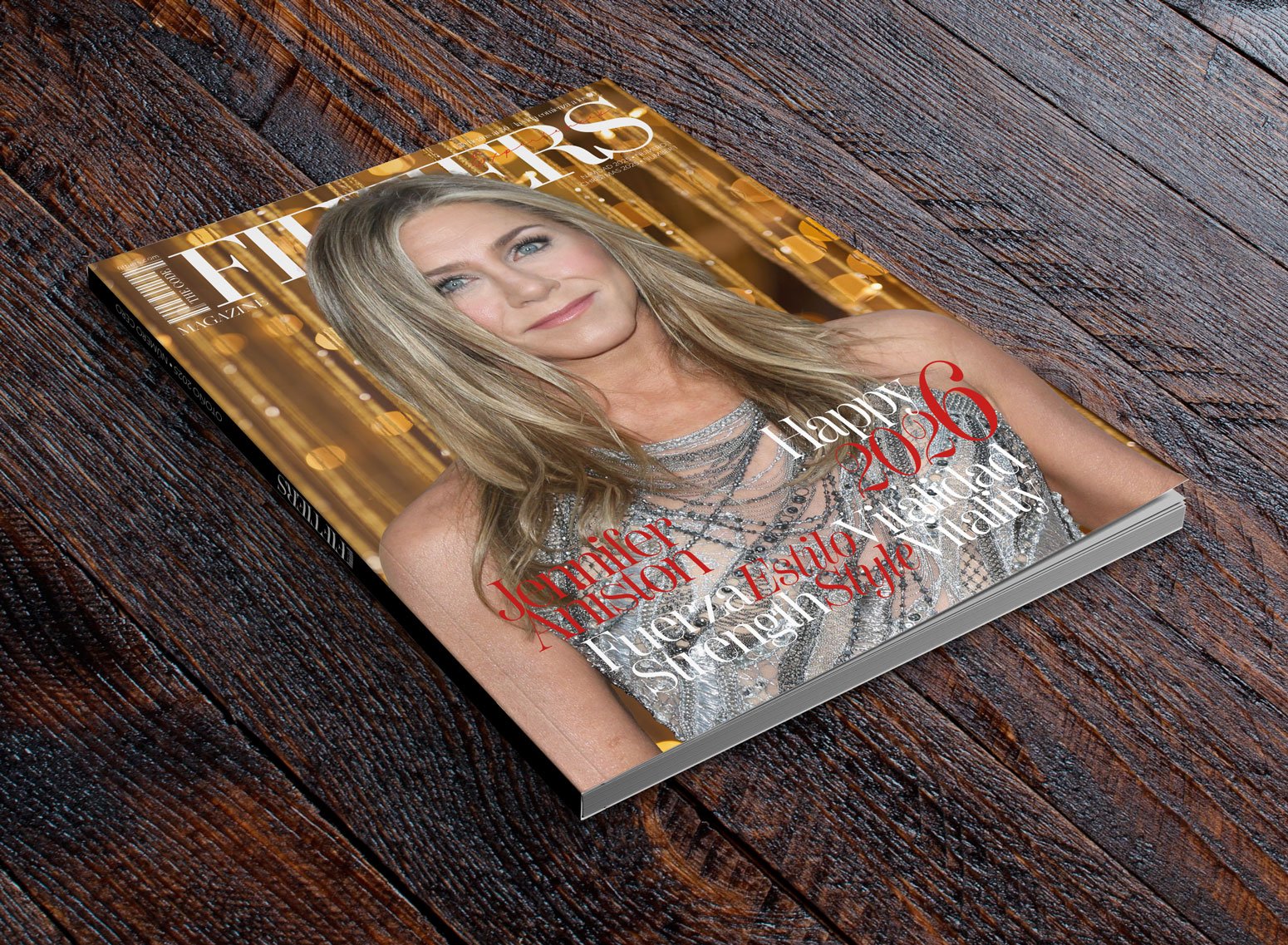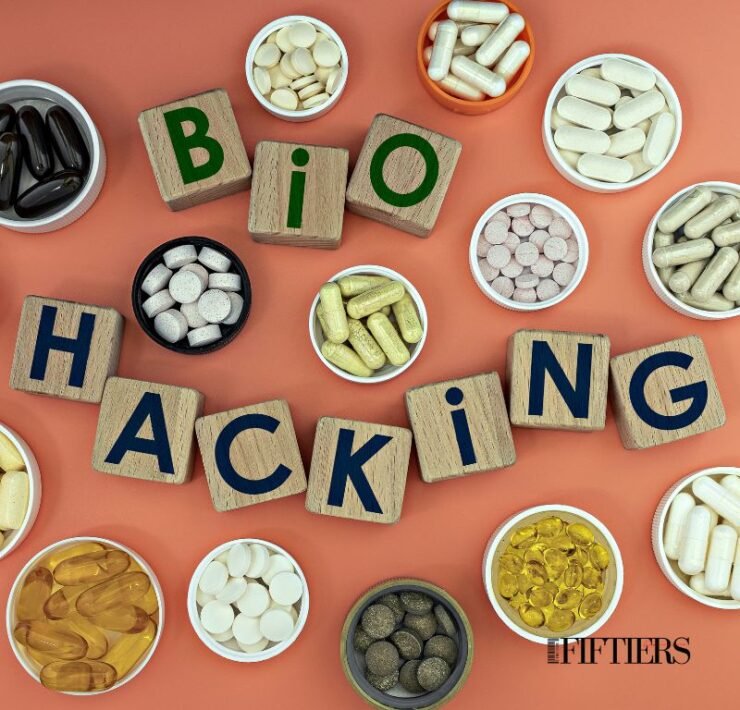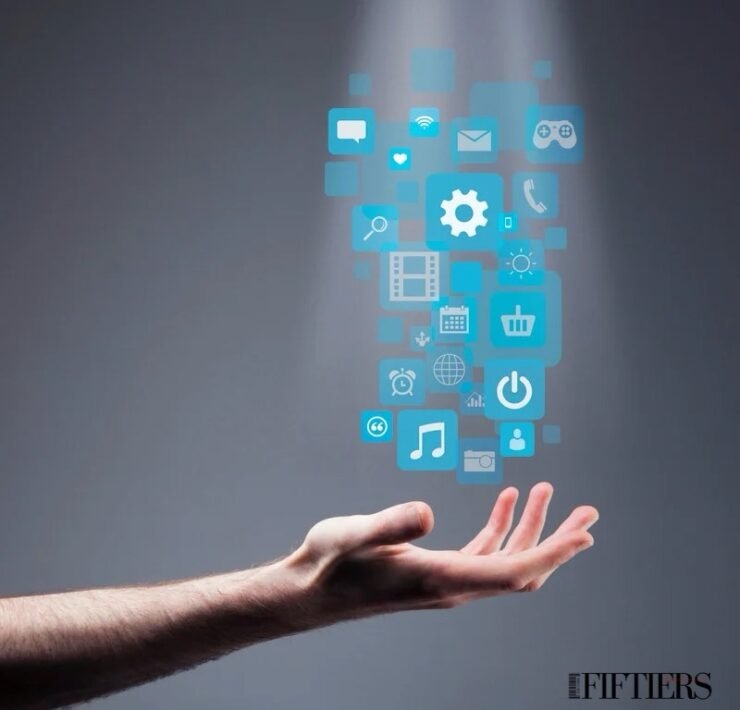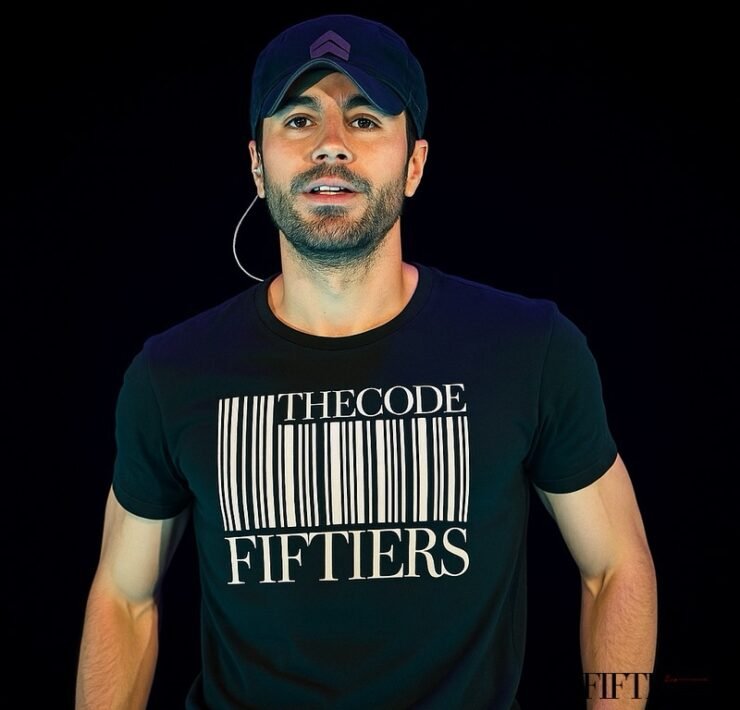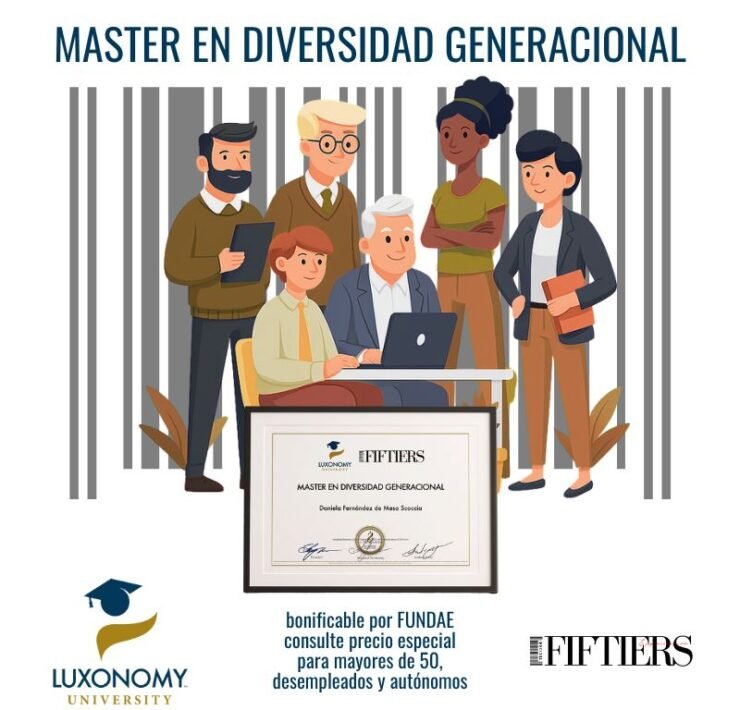From Turntables to Streaming: Our Life Through Sound
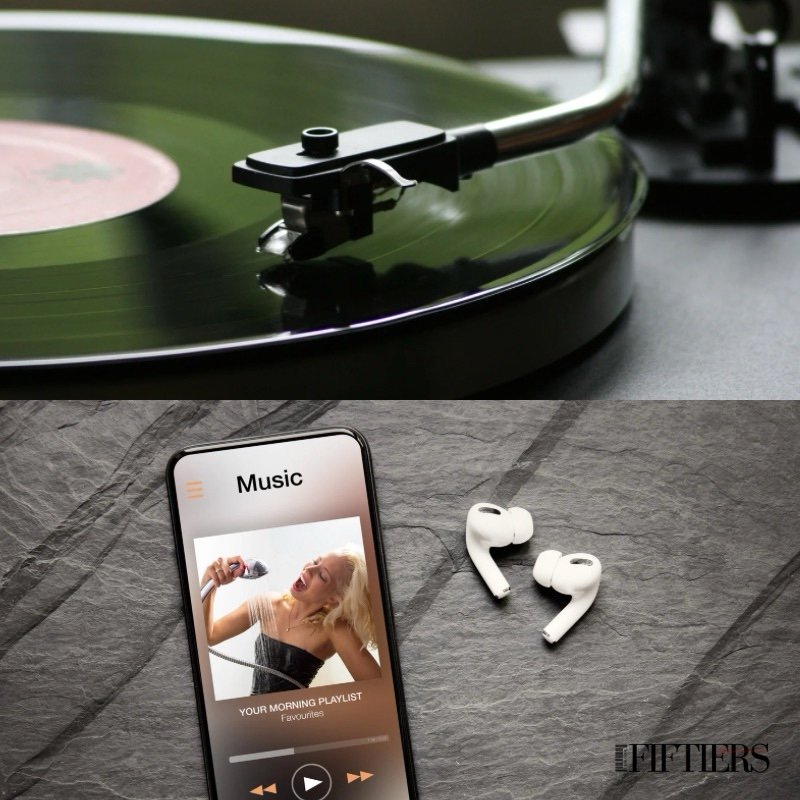
FIFTIERS | Life Begins at 50. La vida comienza a…
For those of us born in the 60s or 70s, our first contact with music was probably through a turntable. That fascinating object that turned grooves into sound felt almost magical. The ritual of choosing a record, carefully removing it from its sleeve, gently cleaning it, and placing the needle was nearly sacred.
Music was not a quick product to consume. Each album was a complete universe to explore from beginning to end: album covers were works of art, inner booklets held lyrics we memorized and shared, and listening was in itself an act of full attention.
It was also a time of limitations that paradoxically gave value to each song. We didn’t have immediate access to millions of tracks, and that made each new acquisition a treasure.
The Cassette and the Walkman: Personal Freedom of Sound
The arrival of the cassette in the late 70s and its boom in the 80s gave us something new: portability and personalization.
For the first time, we could create our own compilations: those “mixtapes” we gave to someone special or kept in the car. With the Walkman, music was no longer confined to the living room — it became an intimate, personal, and portable experience.
In hindsight, it was the first step toward today’s streaming playlists.
The CD: The Digital Perfection We Dreamed Of
The advent of the Compact Disc in the 80s marked a new era. Music, which had always carried some analog imperfections (the crackle of vinyl, background noise on tapes), now promised pure, unaltered, eternal sound.
The CD offered unmatched audio quality and the revolutionary ability to skip tracks with a single button — a breakthrough for those used to rewinding cassettes or lifting needles.
For us, it symbolized the entrance into the digital world: clean, organized, futuristic. The CD was the first cultural object that trained us to think in zeros and ones.
MP3 and the Wild Democratization of Music
In the late 90s, MP3 files and early sharing platforms like Napster changed the rules of the game radically.
Suddenly, all the music in the world was literally within reach. For a generation raised on musical scarcity, it was a mind-blowing revolution. But it also reshaped how we valued music: what was once a treasured object became an anonymous file on a hard drive.
Music became abundant, immediate, and for many, disposable. It changed how we listened — more fragmented, faster, and with less commitment.
Streaming: Music as a Continuous Service
Today, with platforms like Spotify, Apple Music, YouTube Music and more, we’ve reached a model where access replaces ownership.
We no longer need to store or buy songs — we pay to access an infinite library, available anywhere, anytime. Music, once a physical object, is now a service, flowing through us like electricity or running water.
This transformation goes beyond the technical: it has changed how we consume music (more variety, less depth), how we discover new music (guided by algorithms), and how we value sound art (often more for quantity than quality).
Nostalgia and the Vinyl Revival
Interestingly, even as we embrace streaming, we’ve seen a vinyl revival. Why?
Perhaps in this fast and liquid world, we still seek anchors. Vinyl — its texture, its weight, its ritual — reminds us that listening to music can be more than consumption. It can be an act of presence, connection, and memory.
Vinyl sales have been steadily rising over the last decade — not only among those who lived its golden era, but also among younger generations seeking that sense of authenticity and commitment.
The Future: What Sound Will Accompany Us?
Looking ahead, sound will continue to evolve toward increasingly immersive formats. 3D music, virtual reality concerts, and AI-composed pieces tailored to our moods will likely become part of our daily soundscape.
But beyond the technology, sound will continue to fulfill its deepest function: to accompany us, move us, unite us. The way we consume music may change, but music’s role in our lives remains irreplaceable.
Ultimately, the journey from turntable to streaming reflects our own lives — a path of discovery, change, nostalgia, and future.
And today, more than ever, we can look back, smile, and recognize in every song a part of who we were… and who we still are.
Discover more from FIFTIERS
Subscribe to get the latest posts sent to your email.







